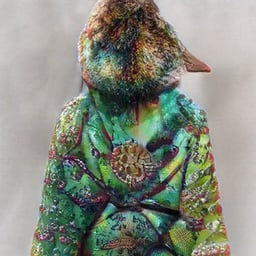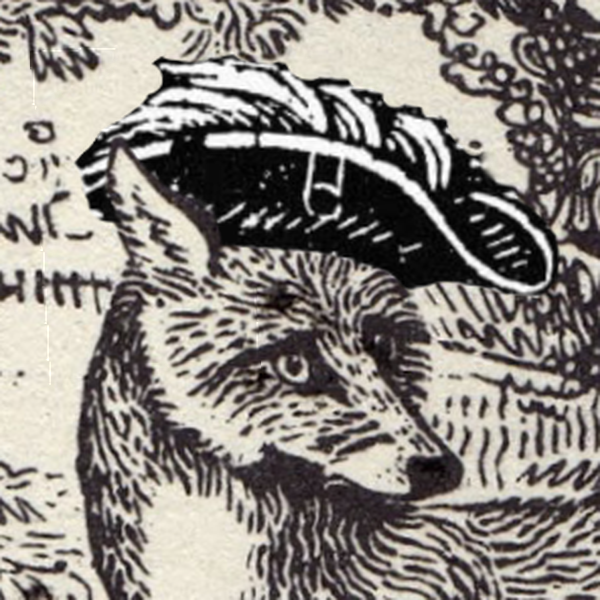Drop the dead donkey lion!
I don’t like the new design, and I like the old Victorian design.
Helen Edwards, adjunct associate professor of marketing at London Business School, said the rebrand would help to reduce the risk of excluding potential buyers.“The story of it coming from religious belief could put the brand in an exclusionary space, especially if it was to go viral on X or TikTok,” she told the BBC.
When I’m shopping, I definitely look closely at the quote on the can, then look it up, and decide not to buy syrup because it turns out to be a bible verse…
I’ll be honest, I never noticed the lion was dead.
I remember my mum telling me it was sleeping when I asked if it was dead. I doubted it and it led to discussions with my sisters and cousins. We would all look at the tin at my grandma’s house. Happy, simple times
Me neither. And now I can’t see how I missed it.
Yeah, it seems like the kind of thing I’d have noticed.
On one hand, it’s more inclusive, and better in line with a society that’s considerably less normatively Christian than in the Victorian era.
OTOH, a quaint piece of weirdness has been replaced with something a lot more generic and anodyne. (And a brand of syrup having a decomposing lion carcass on the packaging was one of the things that makes you go WTF‽)
I never knew it was a festering dead lion. Seems to me that the marketing department is looking for something to do.
I imagine the branding consultants made a pretty penny that day.
Well this latest cultural storm in a teacup has got people talking about Golden Syrup, so I suppose their marketing department is doing its job fairly well.
it is banging on a steamed pud tbf
When I’m shopping, I definitely look closely at the quote on the can, then look it up, and decide not to buy syrup because it turns out to be a bible verse…
All it takes is a social media message to around a particular religious community who object and bam. There go substantial sales, I guess.
You and I may not care. Others might
That’s fair.
Who in their right mind would, though? Samson seems to be revered in Christianity and Judaism and is also regarded in some Islamic writings (I don’t think a Samson reference would be enough to turn away Muslims, due to them respecting most Old Testament figures) and Hinduism kind of views all religions as the same/similar thing.
Personally I don’t care, as long as I know what it is and the syrup inside remains the same.
The owner supported Brexit so I don’t buy it anyway.
If that’s true, that’s sad, but I might have to switch my syrup supplier.
It’s quite worrying that the link to religious belief may place it in an exclusionary space. I wouldn’t avoid halal slaughtered meat due to it’s link to religious belief in the same way that wouldn’t factor in to my choice of syrup.
Could avoid halal due to animal rights views though
That is fascinating I never knew syrup came from dead lions. I wonder if you can get vegan syrup.
They probably wouldn’t enjoy the extraction process.
It’s a reference to Samson in Judges 14:8-9
This is the best summary I could come up with:
The image of a dead lion being swarmed by bees is to be dropped from some of Lyle’s Golden Syrup packaging.
A rebranded image of a lion’s head with a single bee will feature on products, including the firm’s plastic syrup and dessert bottles.
But the classic Lyle’s Golden Syrup tin will be excluded from the rebrand, keeping its more than 150-year-old packaging design.
According to the company’s website, Lyle had strong religious views, which is why the logo depicts the story of Samson from the Old Testament, in which Samson killed an attacking lion, and later noticed a swarm of bees had formed a comb of honey in the carcass.
Helen Edwards, adjunct associate professor of marketing at London Business School, said the rebrand would help to reduce the risk of excluding potential buyers.
“The story of it coming from religious belief could put the brand in an exclusionary space, especially if it was to go viral on X or TikTok,” she told the BBC.
The original article contains 419 words, the summary contains 166 words. Saved 60%. I’m a bot and I’m open source!
deleted by creator








